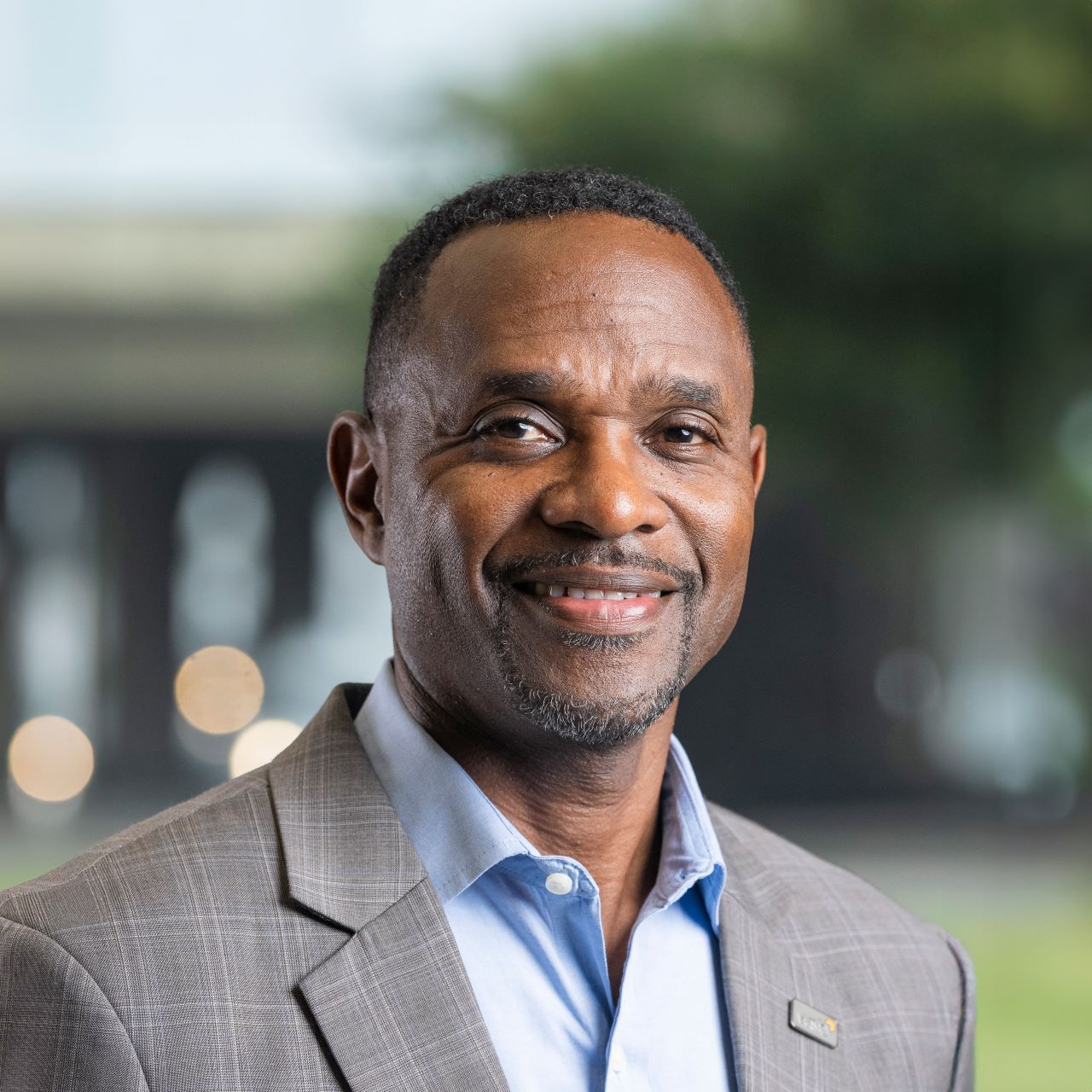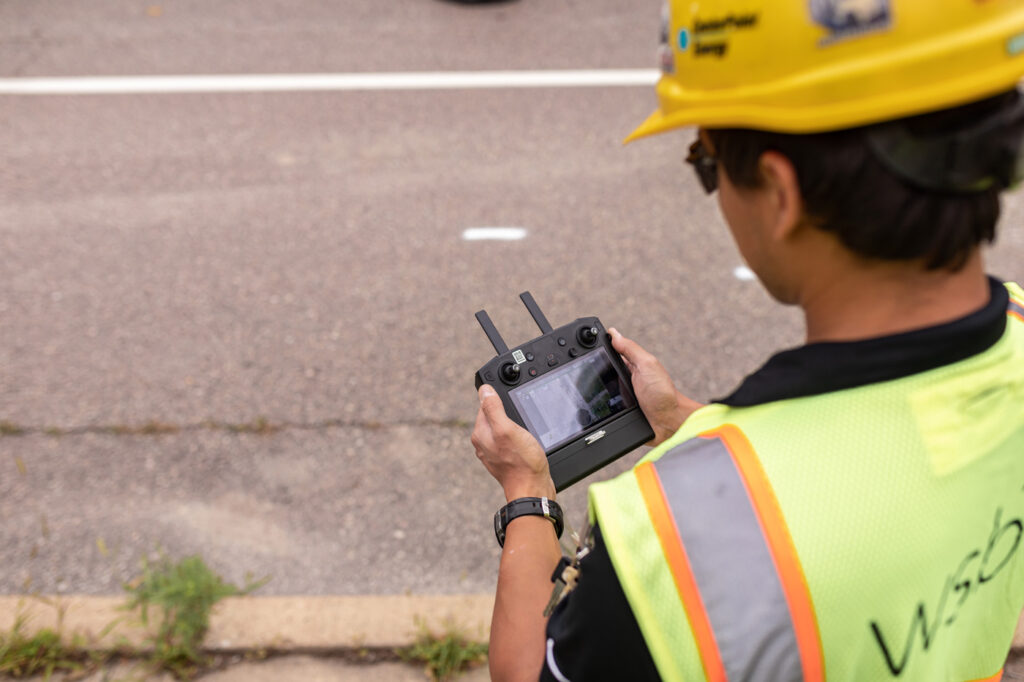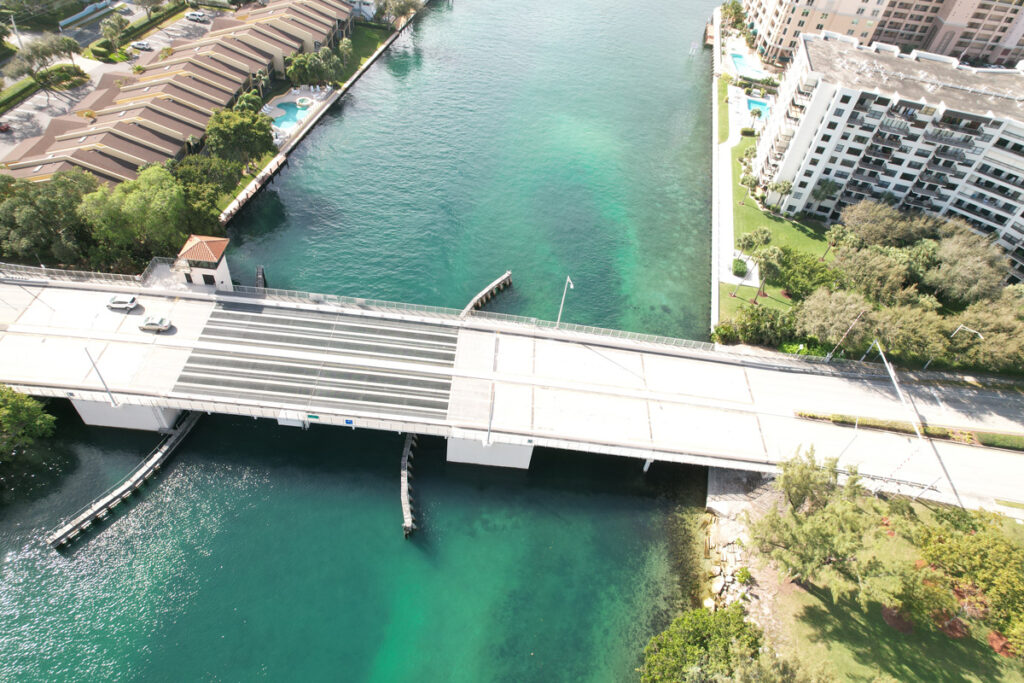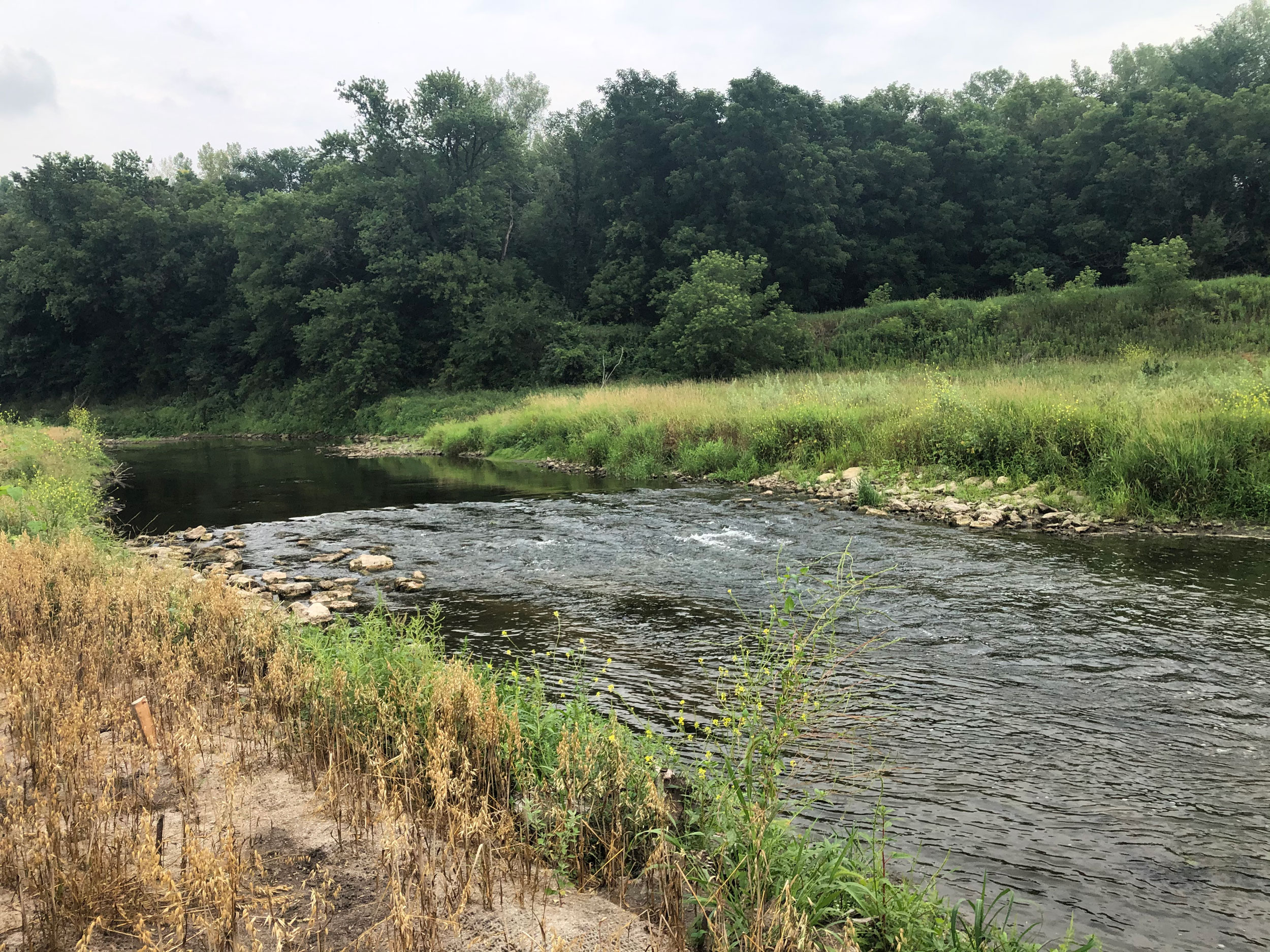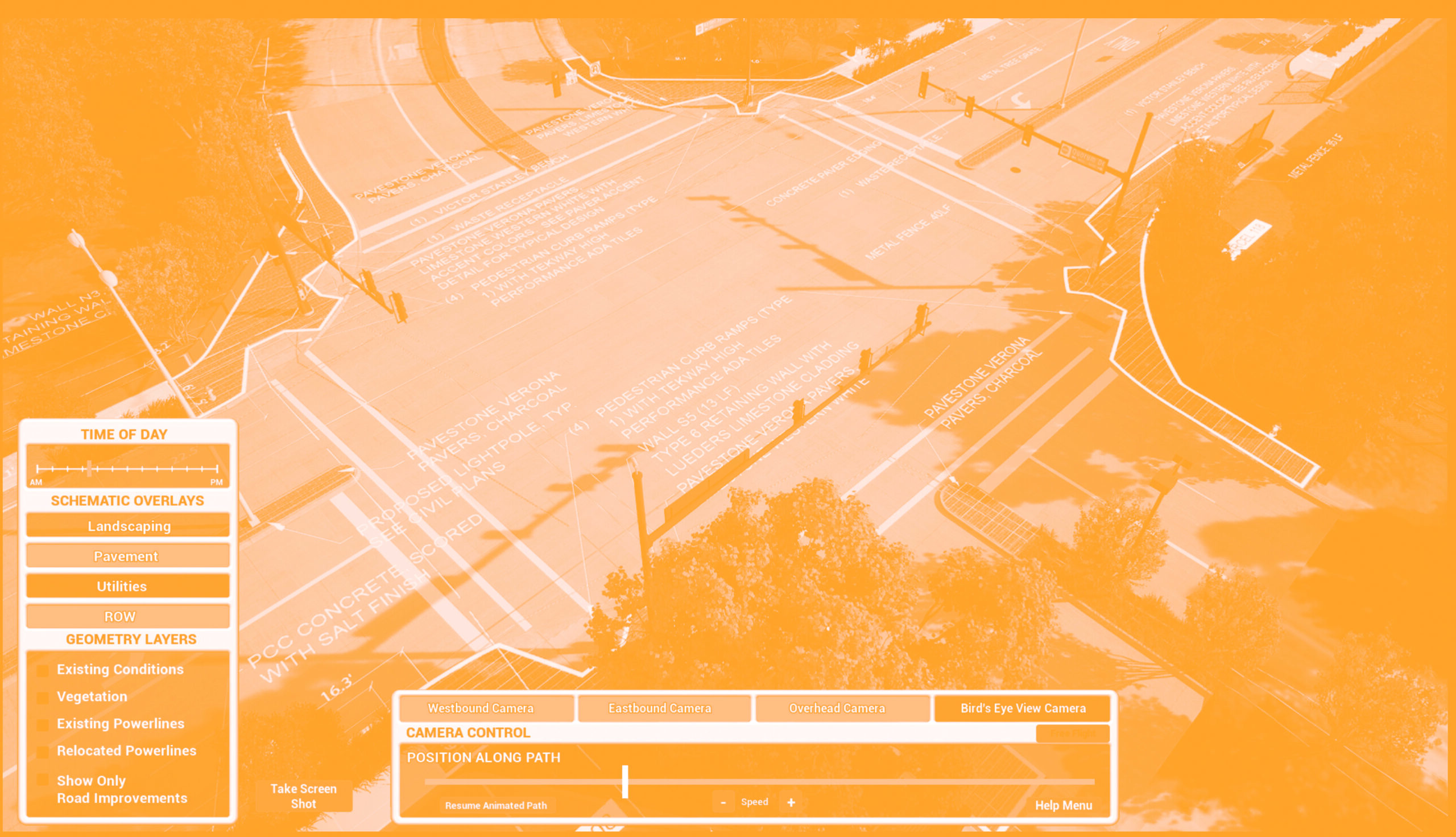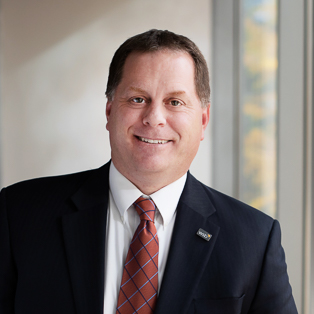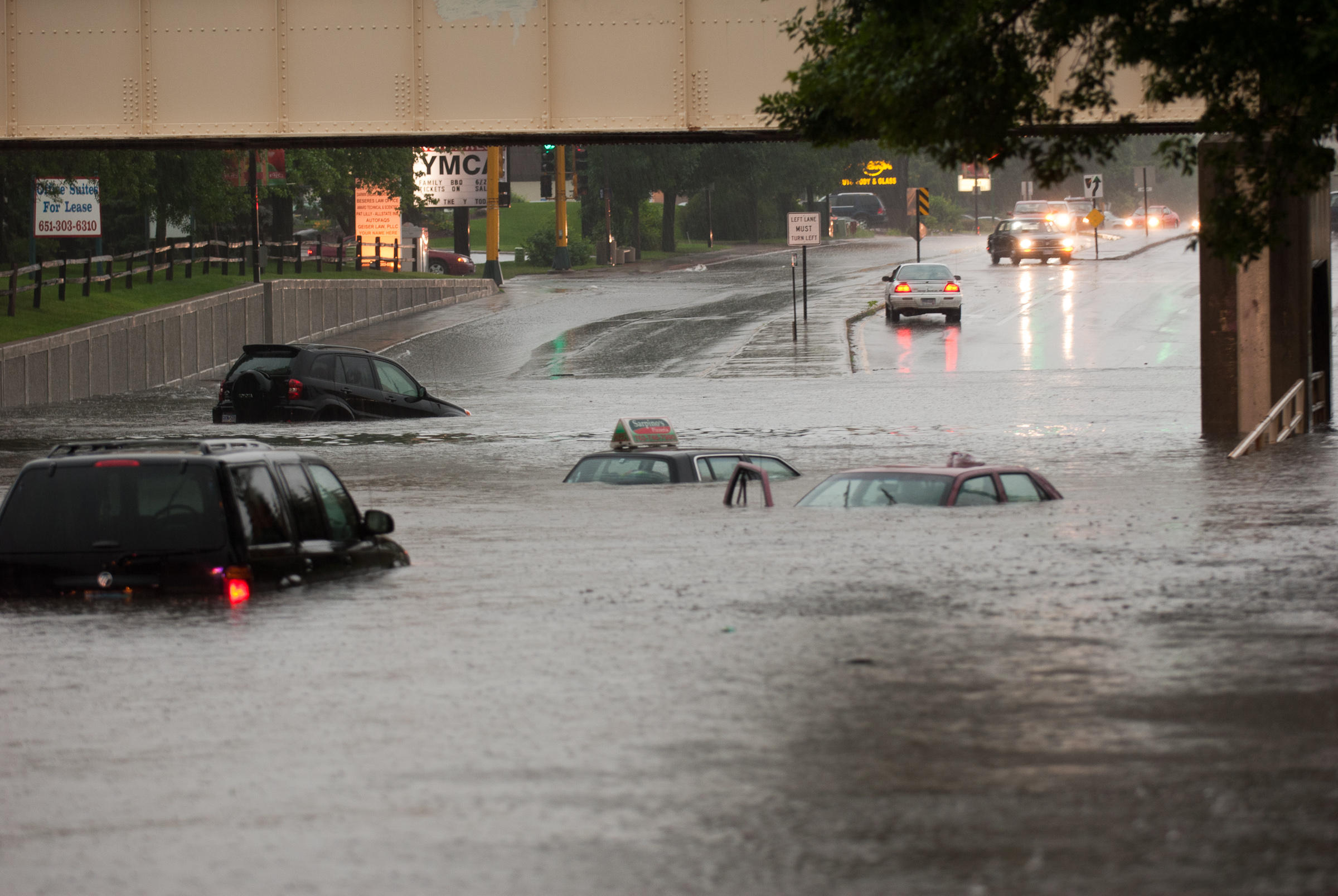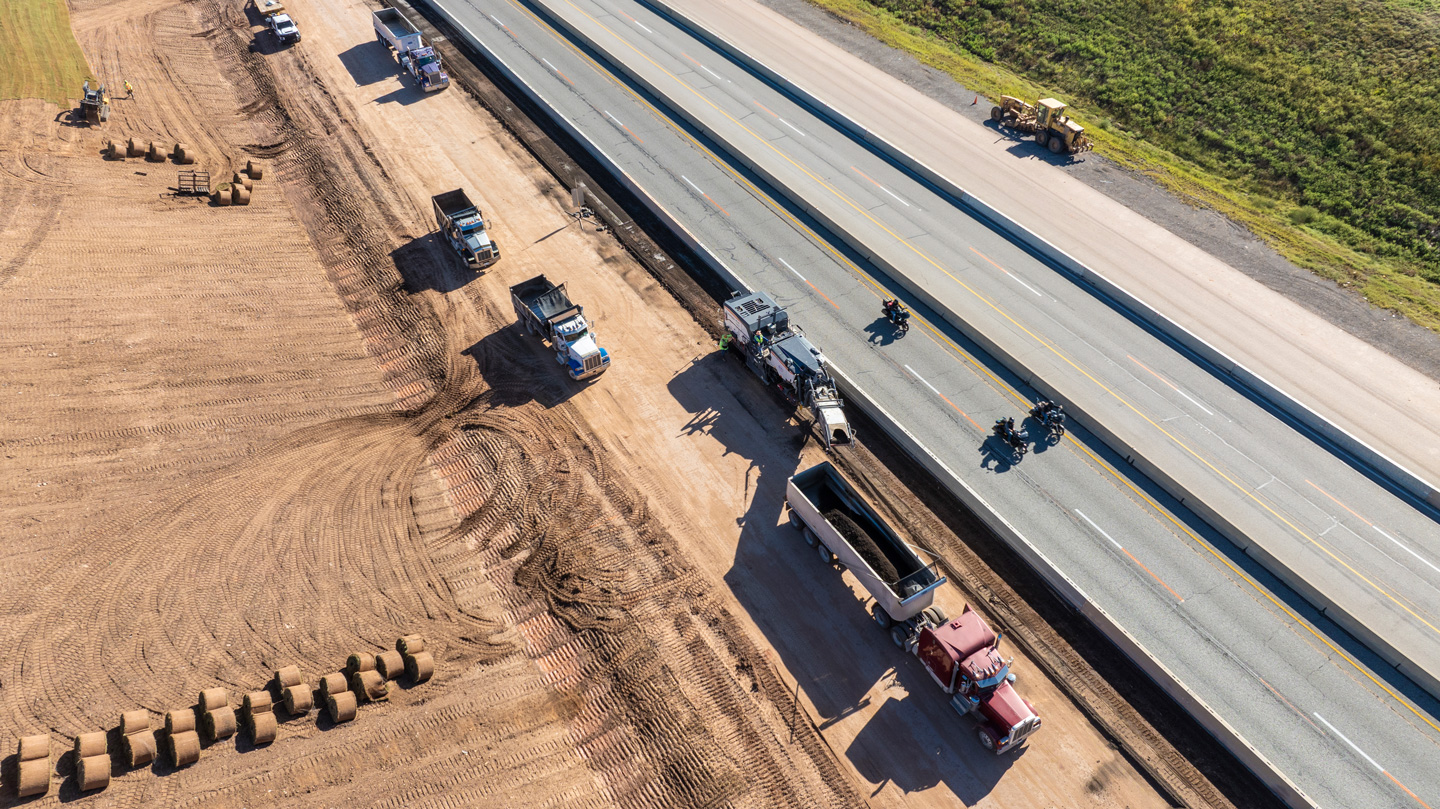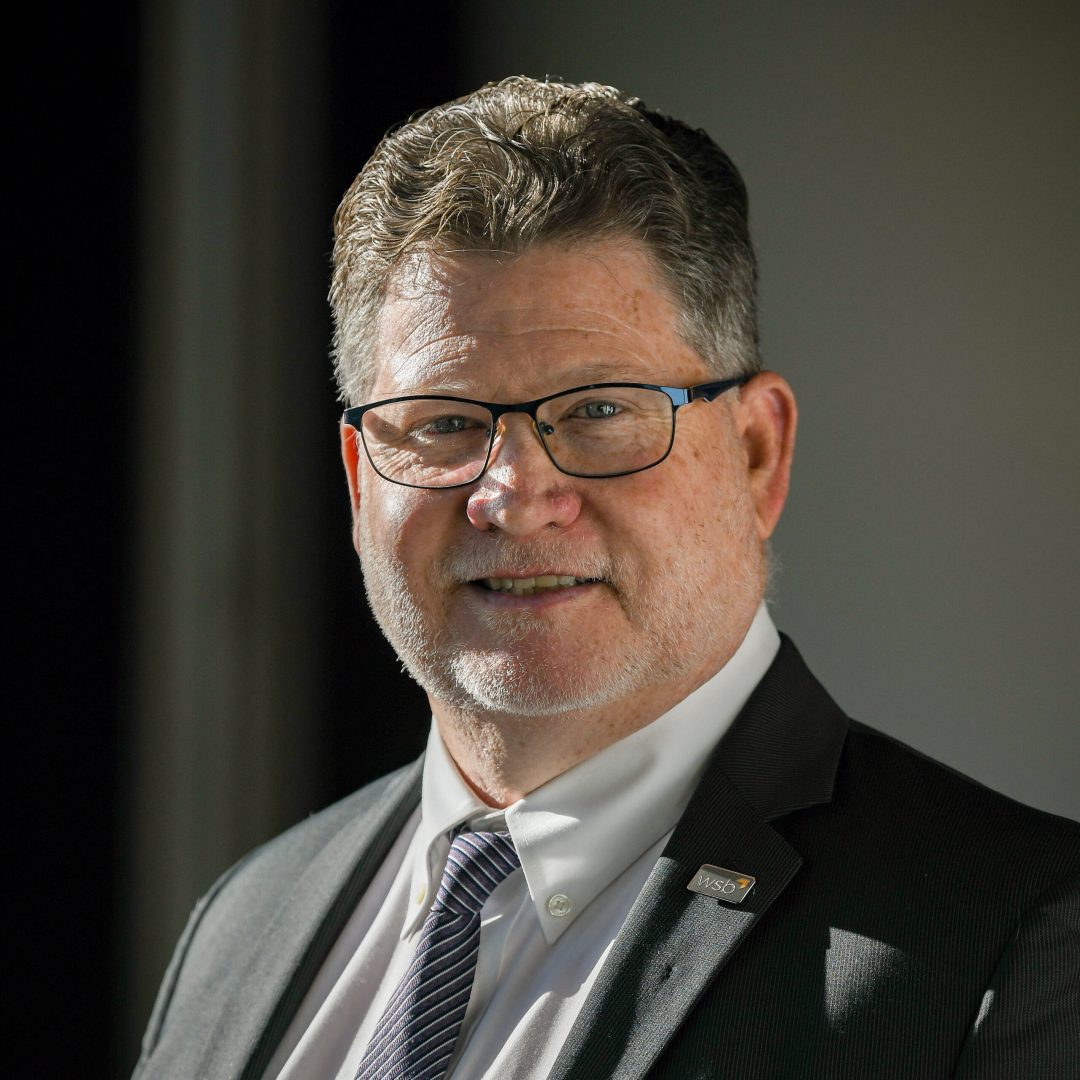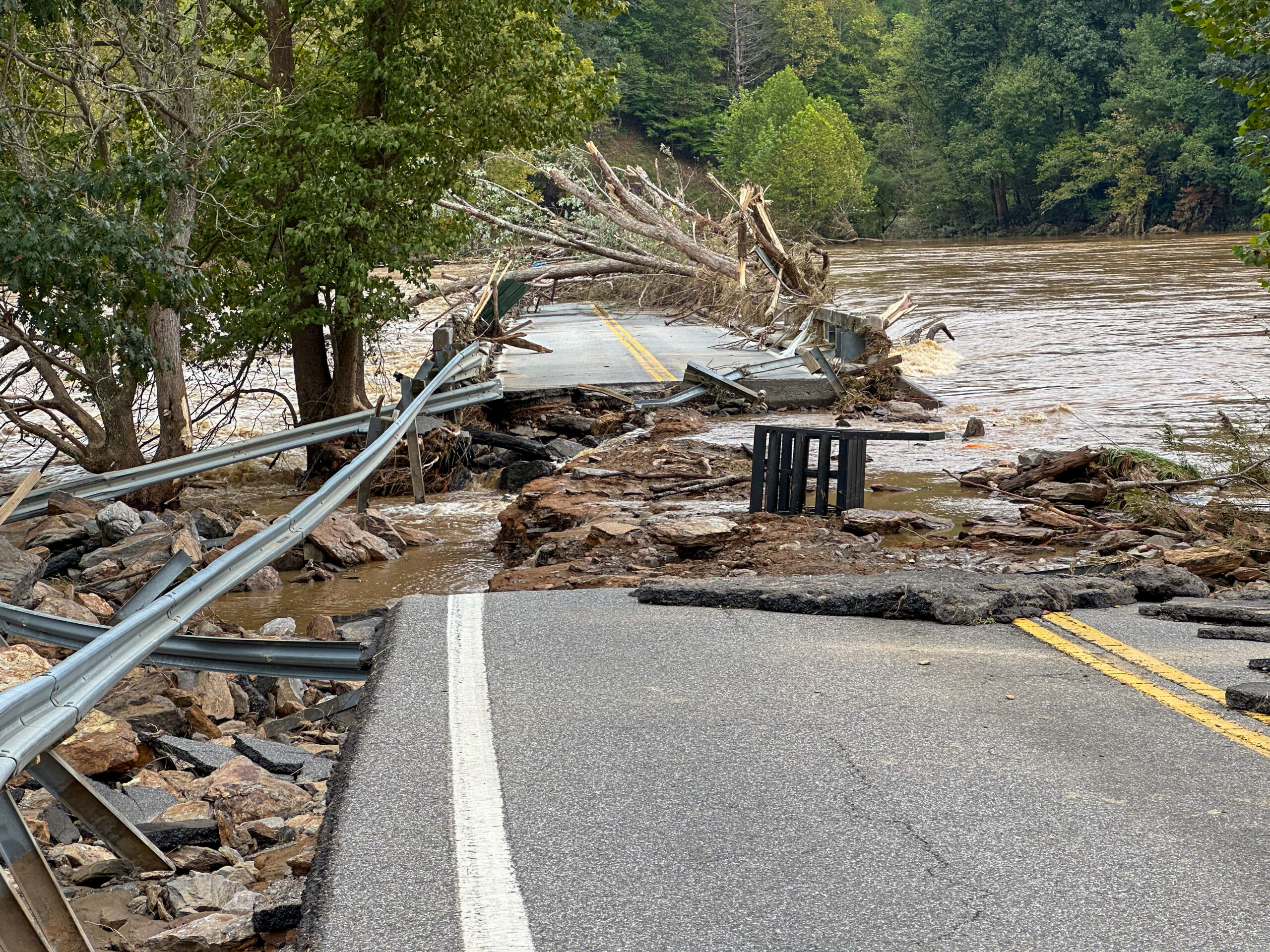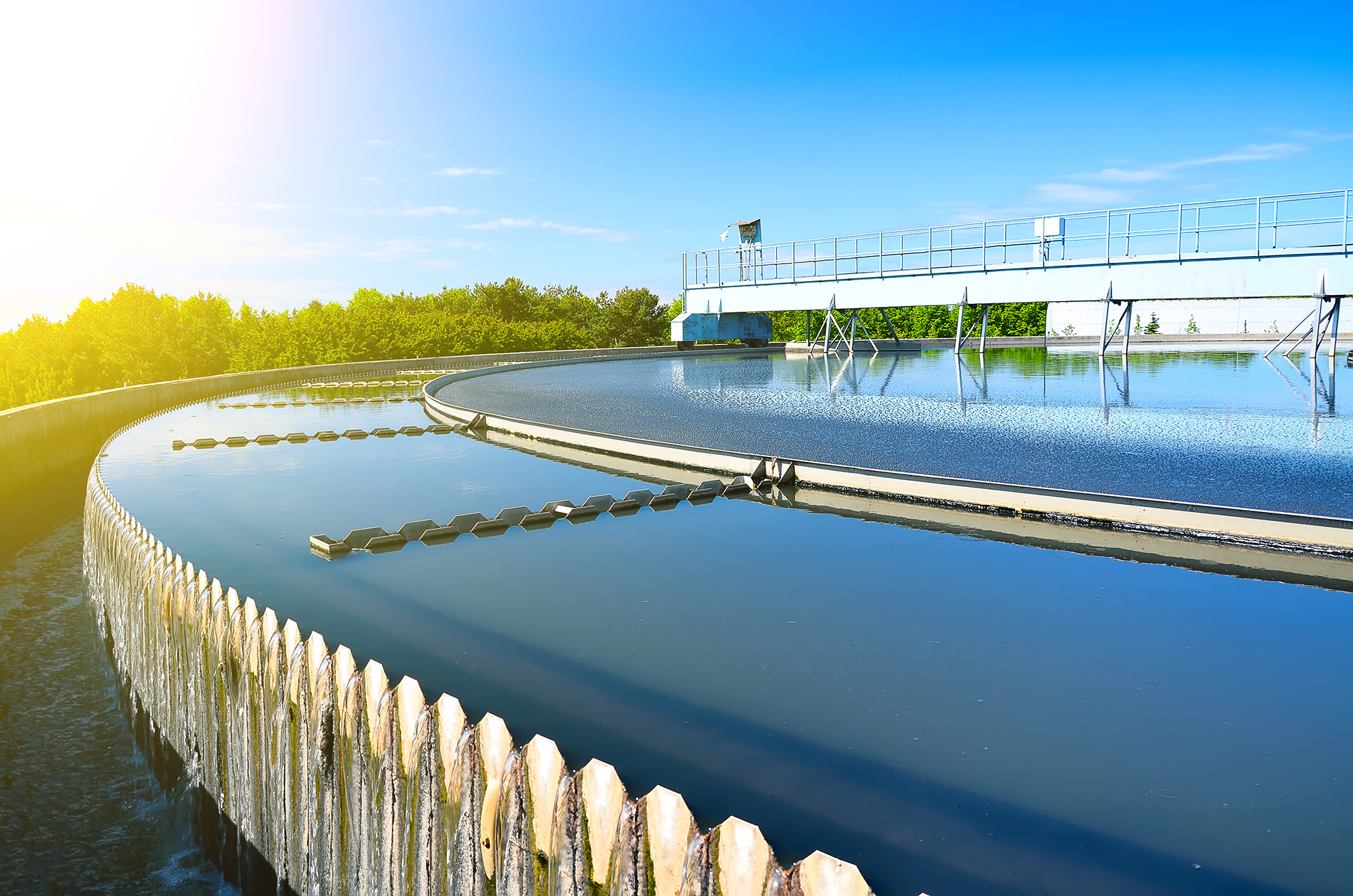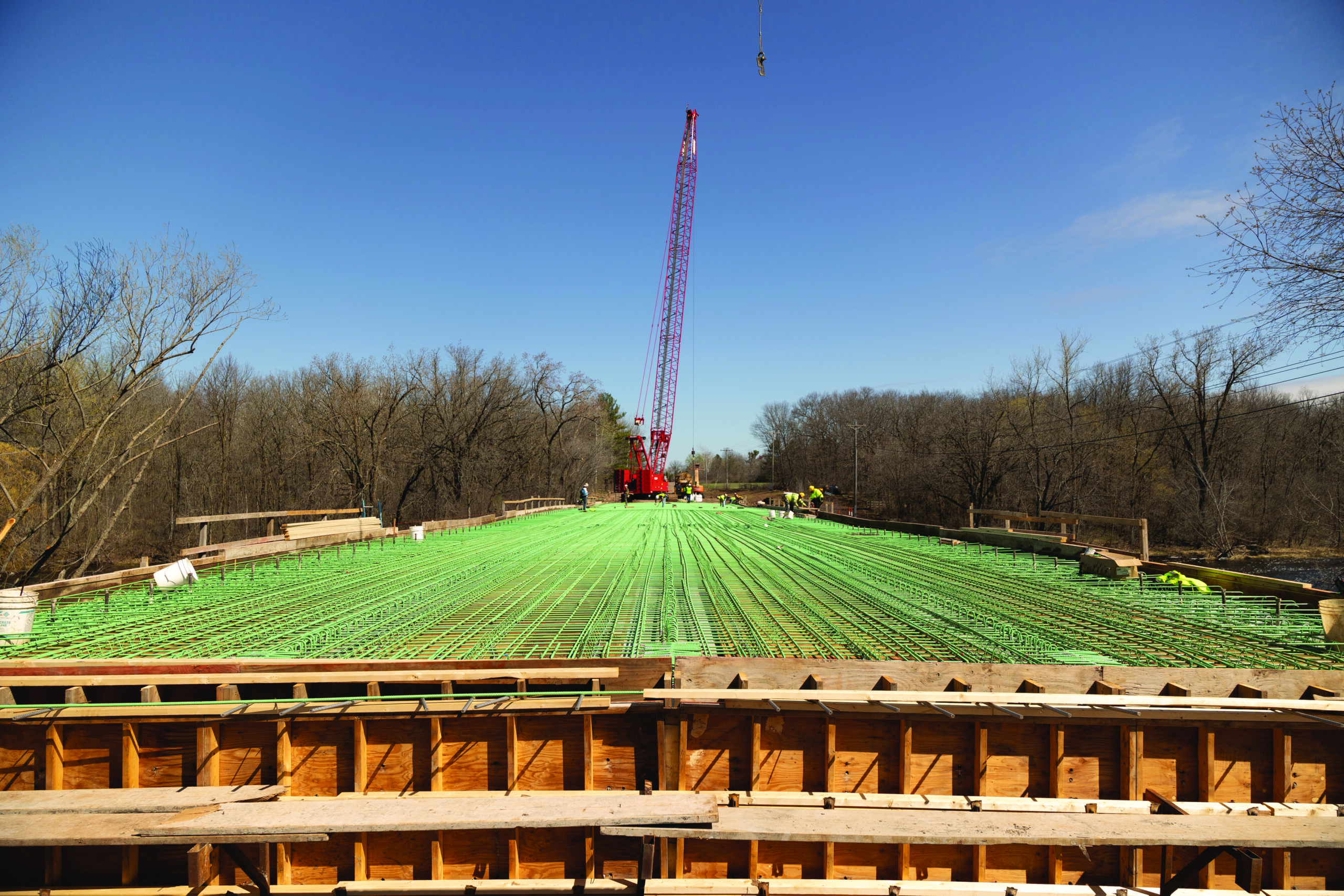February 26, 2025
WSB’s role in emergency relief & management.
When communities face uncertainty or destruction, a variety of teams emerge to swiftly work to restore normalcy, including civil engineers. From day-to-day environmental challenges to natural disasters, WSB’s expertise in infrastructure recovery plays an essential role in helping communities bounce back. Through various emergency relief and management efforts, our team leverages technical know-how and innovative solutions to promote safety and efficiency in the regions we serve from coast to coast.
From snow drifting management to environmental improvement efforts, WSB offers solutions that maintain the stability and resilience of infrastructure in the face of emergencies.
Snow Drifting Management
Engineering solutIONS for winter challenges
In regions prone to severe winter weather, snow drifting can bring entire transportation networks to a standstill. High winds push snow into drifts that can block highways, railways, and access roads, creating hazardous conditions for travelers and first responders. In addition to impacts to travel, snow drifting also increases maintenance and fuel costs for local departments of transportation.
To mitigate these effects in the Midwest, WSB utilizes advanced software to analyze snow drifts and wind, as well as design solutions, allowing our team to proactively identify and address problem areas. Using natural and synthetic snow fences, berms, and road designs that incorporate strategic cuts and embankments, our team works with departments of transportation to ensure that critical routes remain accessible during snowfall. This foresight eases the effect of winter’s harsh impacts and ensures safer roadways and cost savings for the community.
Hurricane Relief and Recovery
Building resilient communities
When hurricanes strike, they leave behind a trail of devastation: downed power lines, collapsed bridges, blocked roads, and more. Coastal communities are often the most at risk, necessitating a robust emergency response strategy. WSB works hand in hand with emergency response teams to prioritize restoration in hurricane-affected areas. Our team recently partnered with the Florida Department of Transportation (FDOT) to assist communities in Florida in recovering from the effects of Hurricanes Debby, Helene, and Milton. This included managing cut and toss operations, debris removal, and signals and generators, as well as electronically documenting roadway conditions using GIS technology, prioritizing the reopening of the most critical routes.
The aftermath of a hurricane demands rapid assessments of structural damage and the design of temporary solutions to reconnect communities to essential services. Civil engineers, though often overlooked as responders, play an important role in protecting communities against these natural disasters.
Environmental Investigation and Remediation
Protecting our future
In the chaos of an emergency, environmental risks often take a backseat to immediate recovery efforts. However, those specializing in environmental investigation and remediation know that focusing on these issues are key to long-term community recovery.
WSB’s Environmental Investigation and Remediation team plays a vital role in addressing environmental hazards. From encountering tanks and petroleum spills during roadway construction to providing structural assistance to the U.S. Post Offices in the upper Midwest related to fires or vehicle crashes, asbestos, and more, our team is dedicated to safeguarding public health by conducting comprehensive assessments and developing tailored solutions to mitigate risks. The team works closely with clients, such as DOTs and city agencies to report contamination to EPA associations while providing transparency and thorough investigation. Through these efforts, WSB demonstrates strength and versatility in emergency management. Our commitment to innovation and collaboration means that we’re always prepared to face new challenges and protect our communities.
Resident Problem Reporter
Ensuring safety and transparency through real-time communication
Through innovative technology, WSB has successfully deployed, configured, and automated an integrated resident problem reporter app in Duluth, Minnesota, that allows clear communication between residents and response teams. This system empowers residents by giving them a direct line to report instances as road obstructions and potholes, outages, or damaged infrastructure.
The automated notification email system keeps both the responding team and residents informed about the status of their requests. Using geographic information system (GIS) technology, City teams can prioritize and address the most urgent needs. This proactive approach provides transparency, fosters a sense of security and encourages residents to play an active role in maintaining their community.
A commitment to Community Resilience
In emergency situations, civil engineers and scientists work out of the spotlight, but their contributions are essential. Whether it’s managing snow drifts to keep roadways clear, or addressing environmental hazards post-disaster, it’s the behind-the-scenes efforts of our team that allow communities to rebuild, recover, and thrive.

